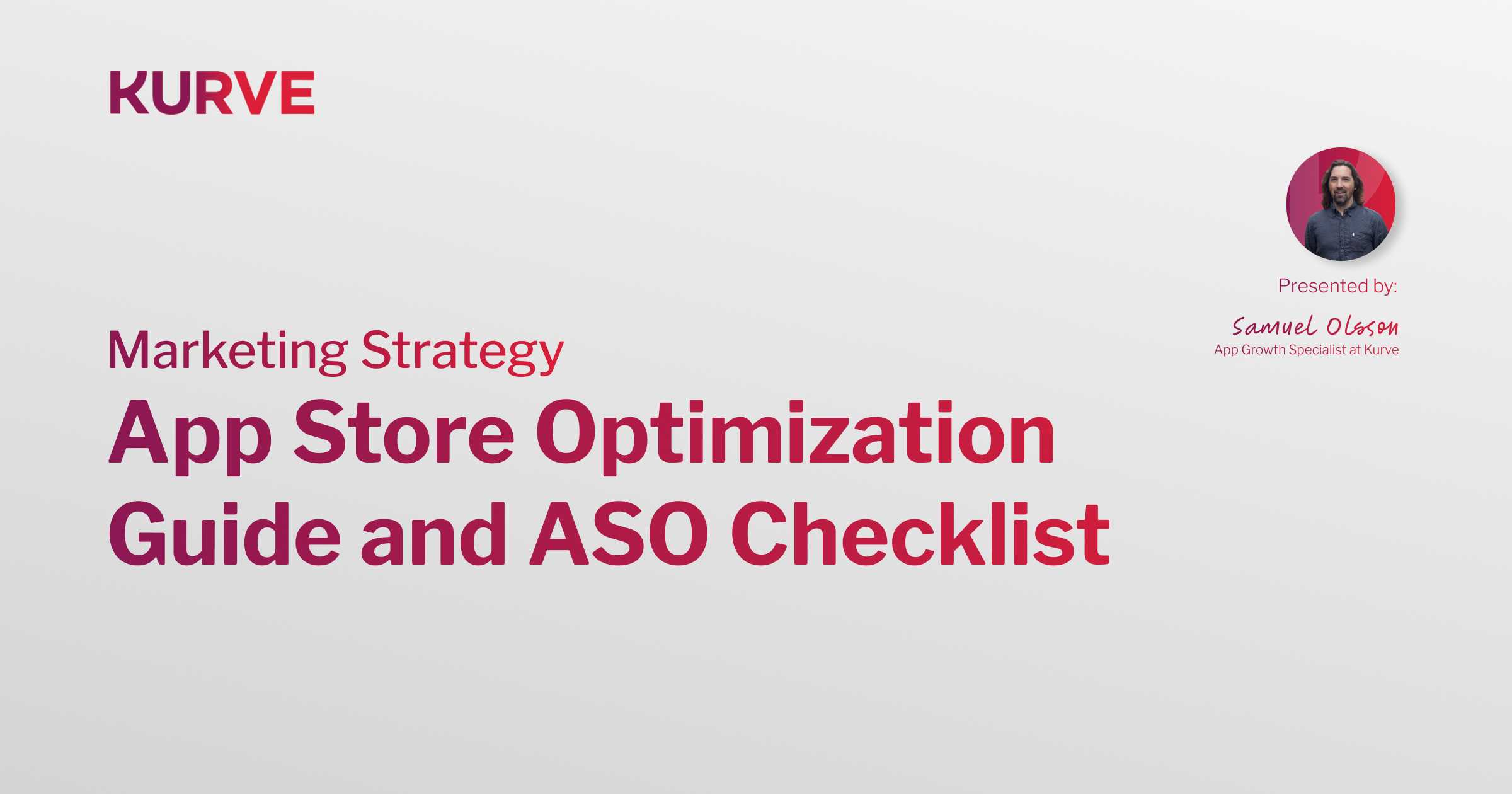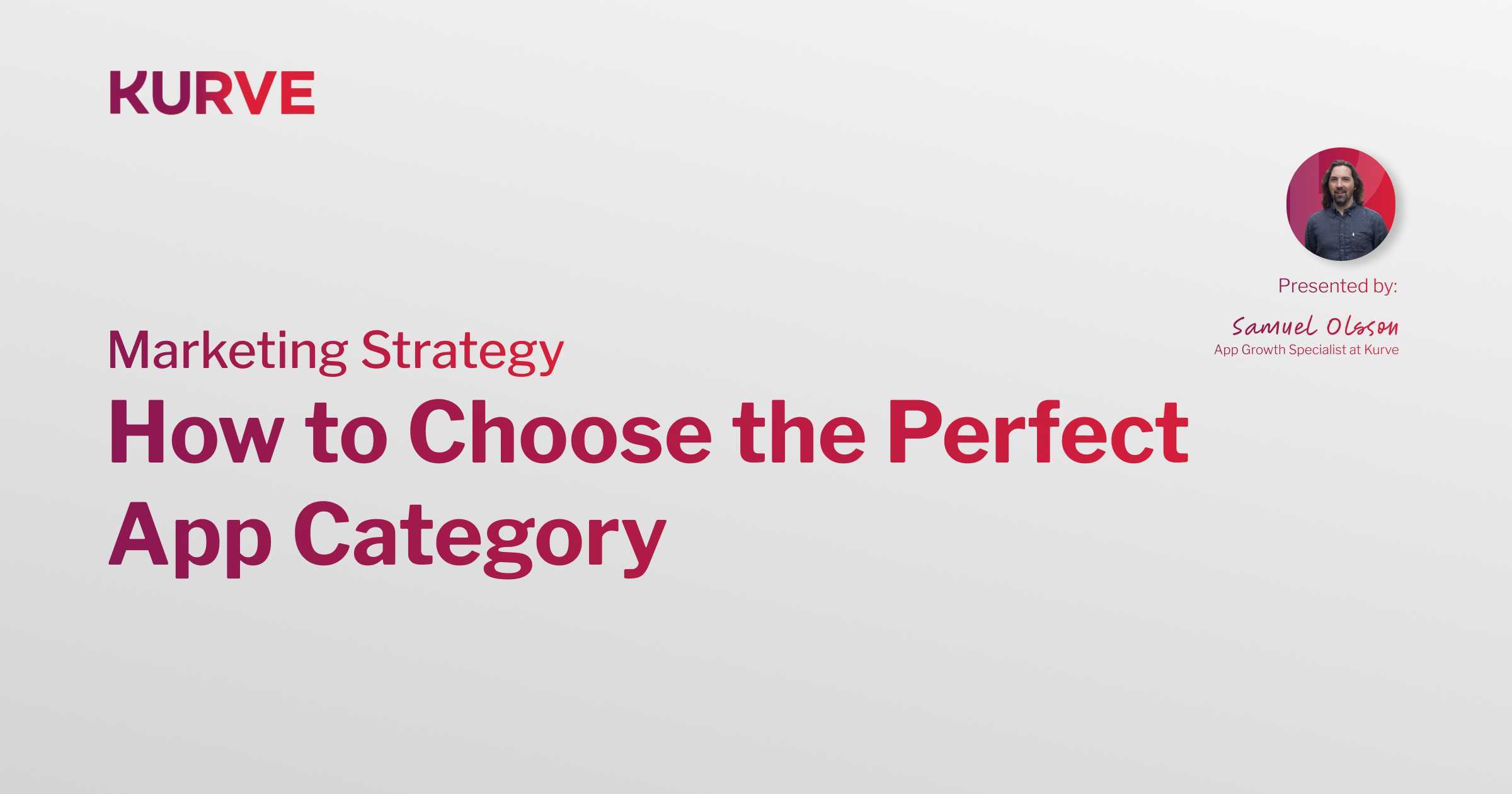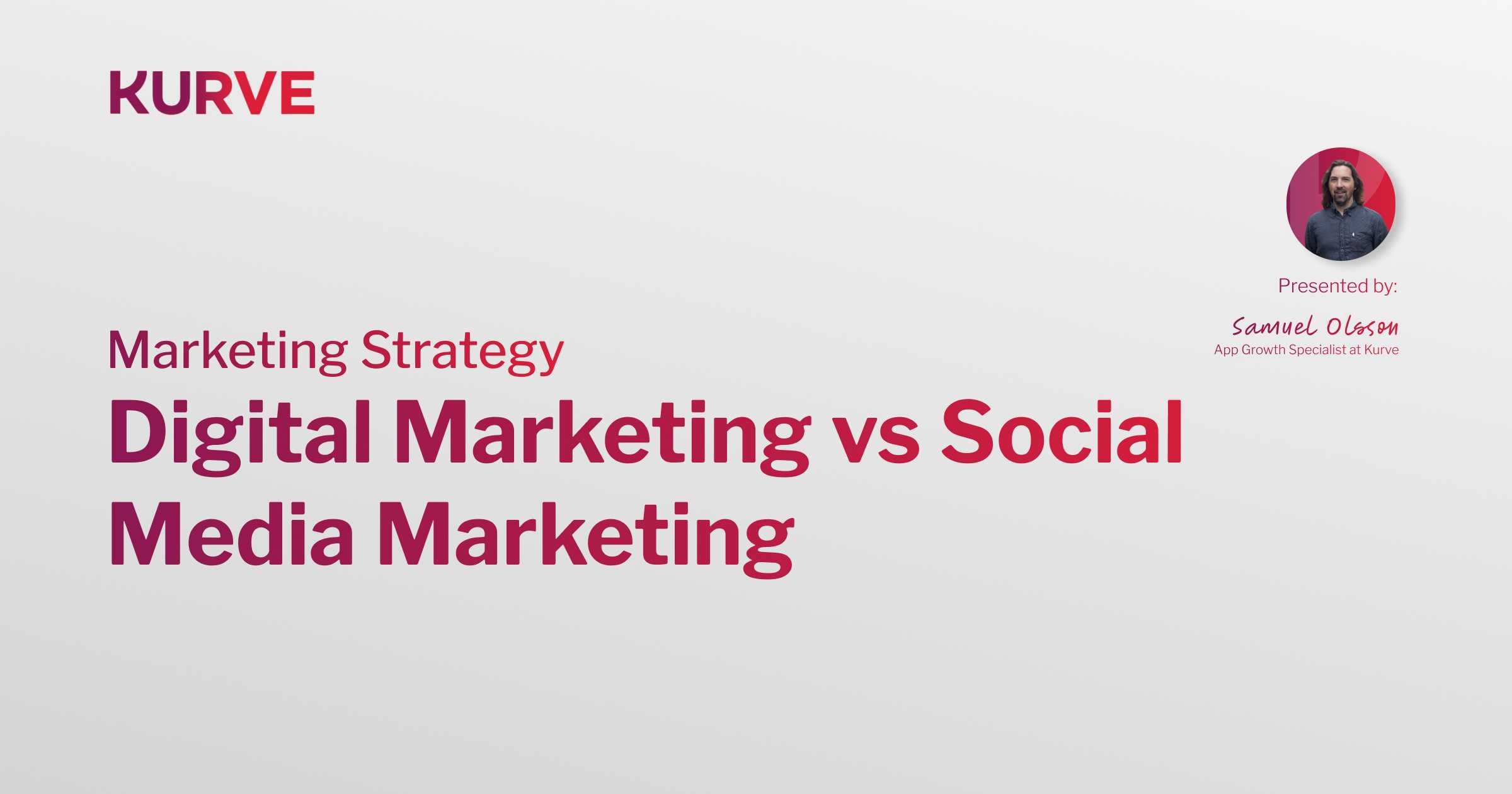How to test the app customer journey with limited users
As a gift to early-stage app startups, the gods kindly offer a paradox - it is imperative that you do detailed research, but there is insufficient numerical data on users. How can you test your approach to the app user journey with a limited number of participants?
To grow your app, you need to know what works and what doesn’t. As an early-stage app, your data set is often too thin to be meaningful. This does not mean that you shouldn’t prioritize research. Rather, you should boldly progress using research strategies that focus on real-life experiences, feelings, and emotions of users.
This is a matter of favoring qualitative research over quantitative research.
Qualitative and quantitative research
Research methodologies are broadly broken into two categories - quantitative and qualitative. The former is concerned with numbers, and answers the question, how many? It is comprised of large surveys, big data, A/B testing, and performance marketing results.
In my opinion, too many app startups invest heavily in quantitative research when they don’t have enough data. In terms of in-depth conversion rate optimization (CRO), you need a lot of actions to get meaningful numbers that inform strategy. You need volume for statistical significance.
Google Analytics is a basic quantitative tool which is available to all. It reveals the numbers behind an app’s user interactions, which is critical to understanding performance. But these numbers mean very little without interpretation, and startups often don’t have enough traffic to make decisions with clarity and confidence. This is where qualitative research steps in to fill the void.
Qualitative research tells you what the numerical data might mean. While a survey (quant) might show that the number of users abandoning onboarding is high, interpretation (qual) will add to the mix and highlight the reasons why. But it also stands alone as its own method of generating insights. Qualitative methods include user interviews, app reviews, in-app surveys, online forums, and on-site focus groups.
A criticism is that qualitative research isn’t wholly objective. However, these subjective experiences are exactly what you’re looking for to understand app user experience. People with subjective opinions and emotions will decide whether or not to continue using your app.
Qualitative research and your app user journey
As your app grows, you will find yourself using a combination of qualitative and quantitative methodologies. However, until you have more numerical data to play with, the insights will likely come from qualitative research.
There are various pathways to researching your app user journey with qualitative research methods. Firstly, direct interviews and conversations with prospects, engaged users, and those who have churned. This can be delivered via in-app surveys, conducted over calls, or arranged face-to-face. Your set of questions must be designed to gain maximum insights, in their most honest and raw format. This will provide information about the gaps, obstacles, and misconceptions in your app journey map plan.
Important note: Your users don’t know they’re part of a journey map. Use language and frameworks that they understand, rather than forcing their responses into a structure that makes sense in the corporate world. What does this mean in practice? Well, rather than asking a participant if they loved the “conversion stage” of their experience, ask them how they felt when they completed an in-app purchase or subscribed to a premium plan.
On-site focus groups and workshops are also fruitful, albeit more difficult to organize. The principle of this exercise is: if you can work out how users feel and what they are looking for at any given time, you can work out exactly what to serve them at any given time. This will shape your app user journey plan and improve the effectiveness of your touch points.
Regardless of the method, the most critical aspect is to be a good listener. Set aside your bias for how fantastic your app is, and truly comprehend the meaning of feedback.
Summary
Like any relationship, emotions are at the core of the exchange with your users. You must figure out how the app experience makes them feel, what their worst frustrations are, and where you can alleviate pressure on their decision-making in the context of their specific journey.
An app user journey map is a visual representation of user experiences through your app, built according to each persona. By mapping their experience from initial discovery through onboarding, engagement, and retention, you can tailor content and interactions accordingly.
When you have a limited number of users, qualitative research will be your best friend. As your app scales, your ability to conduct this kind of research will be invaluable, allowing you to incorporate more quantitative methodologies to further deepen your insight into your app’s performance and user behavior.


